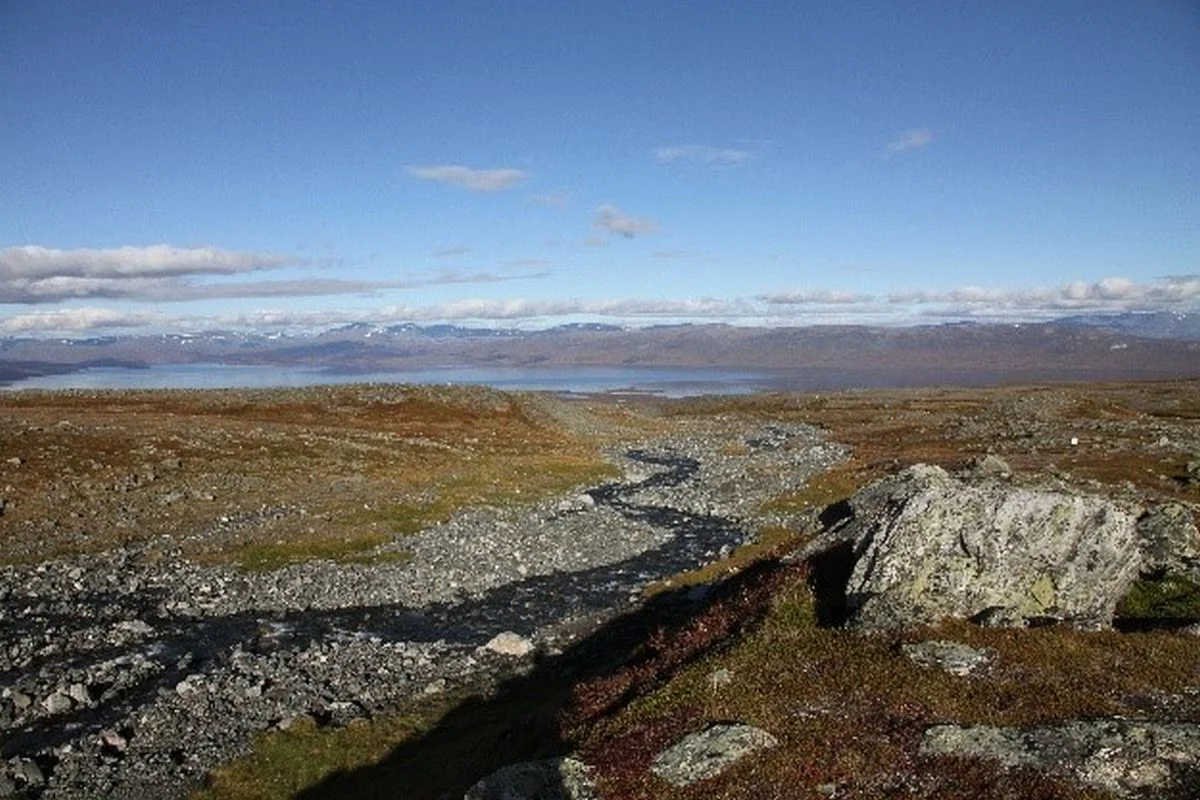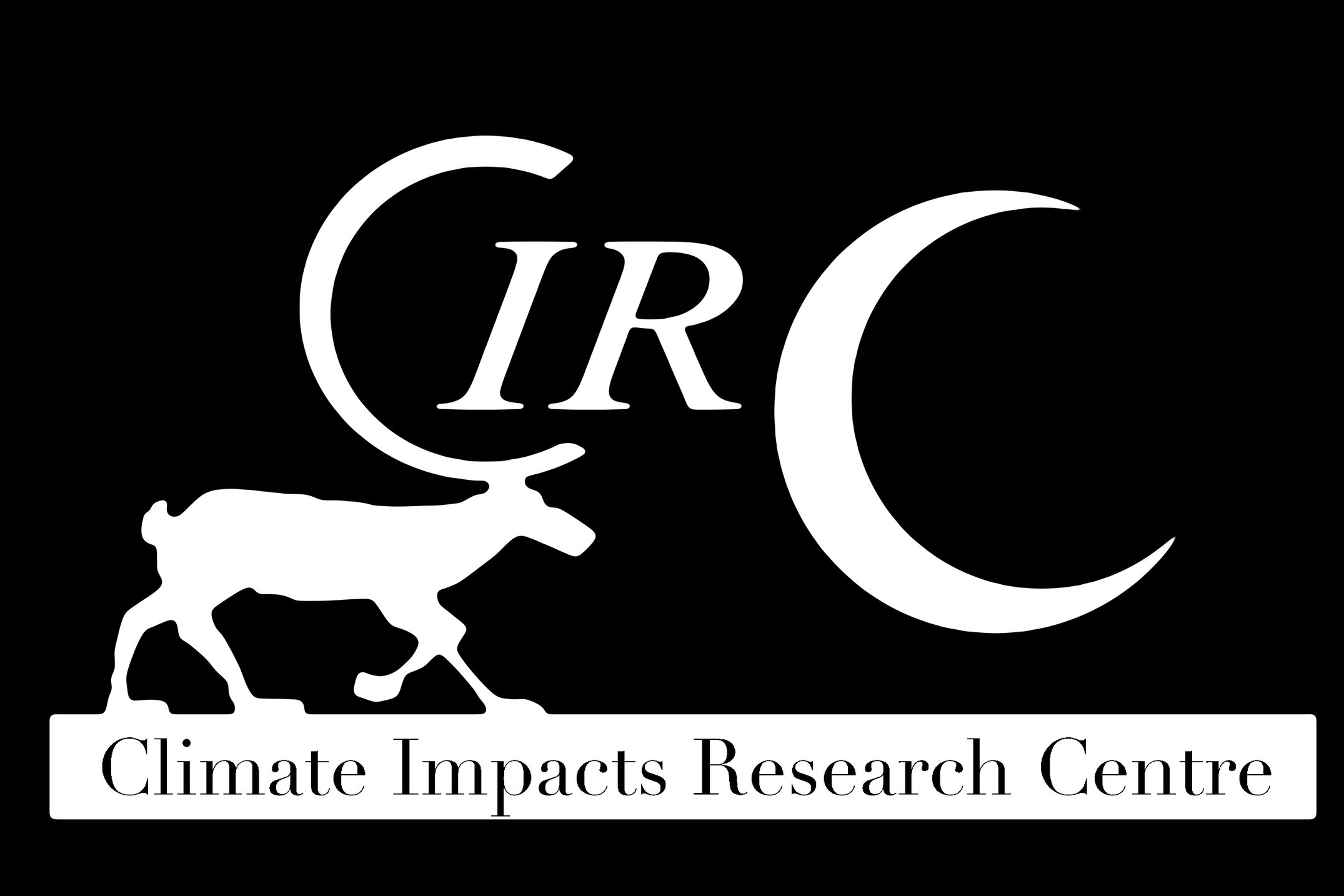The invisible carbon: an early indication of ecosystem change
Project Summary
Streams are sensitive sentinels for environmental change by their integration of processes in terrestrial and aquatic systems. Upland headwater streams in the north Swedish tundra show seasonally exceptional high concentrations of uncolored dissolved organic carbon (DOC) and high CO2 concentrations. We suggest that this reflects on-going changes in the terrestrial environment responding in their delivery of carbon (C) to the recipient aquatic systems. This is a hitherto unknown effect of a changing tundra landscape that will have large implications for the positive feedback on the global climate warming because of the large quantities of C that is stored in tundra soils. Current climate change mobilizes the stored C in upland tundra soils and cause a substantial increase in headwater stream C emissions and water-borne C losses.
We are studying stream CO2 fluxes mainly across a 42-km long stream network in the Miellajokka catchment near Abisko to better understand how stream functional traits and landscape features affects CO2 emissions. We are amongst others using different isotopic approaches (13C, 15N, 87Sr/86/Sr, 34S18O4 and water isotopes) and high-resolution measurements of stream CO2 and oxygen to disentangle different sources and processes that affects stream CO2 concentrations and emissions. We are also studying spatiotemporal variations in stream DOC across different tundra streams to unravel how different landscape features and hydrological conditions affect stream DOC concentrations, its degradability and qualitative characteristics. We are particularly interested in pulses of high stream DOC concentrations that has occurred irregularly during early autumns.
Principal Investigators
Reiner Giesler (lead)
Ryan Sponseller
Carl-Magnus Mörth
Gerard Rocher-Ros
Steve Lyon
Jan Karlsson
Collaborators
Ann-Kristin Bergström
Per Andersson
Christoph Humborg
Erik Lundin
Maria Myrstener
Funding
The Swedish Research Council (VR) 2013-5001
FORMAS 2014-970




